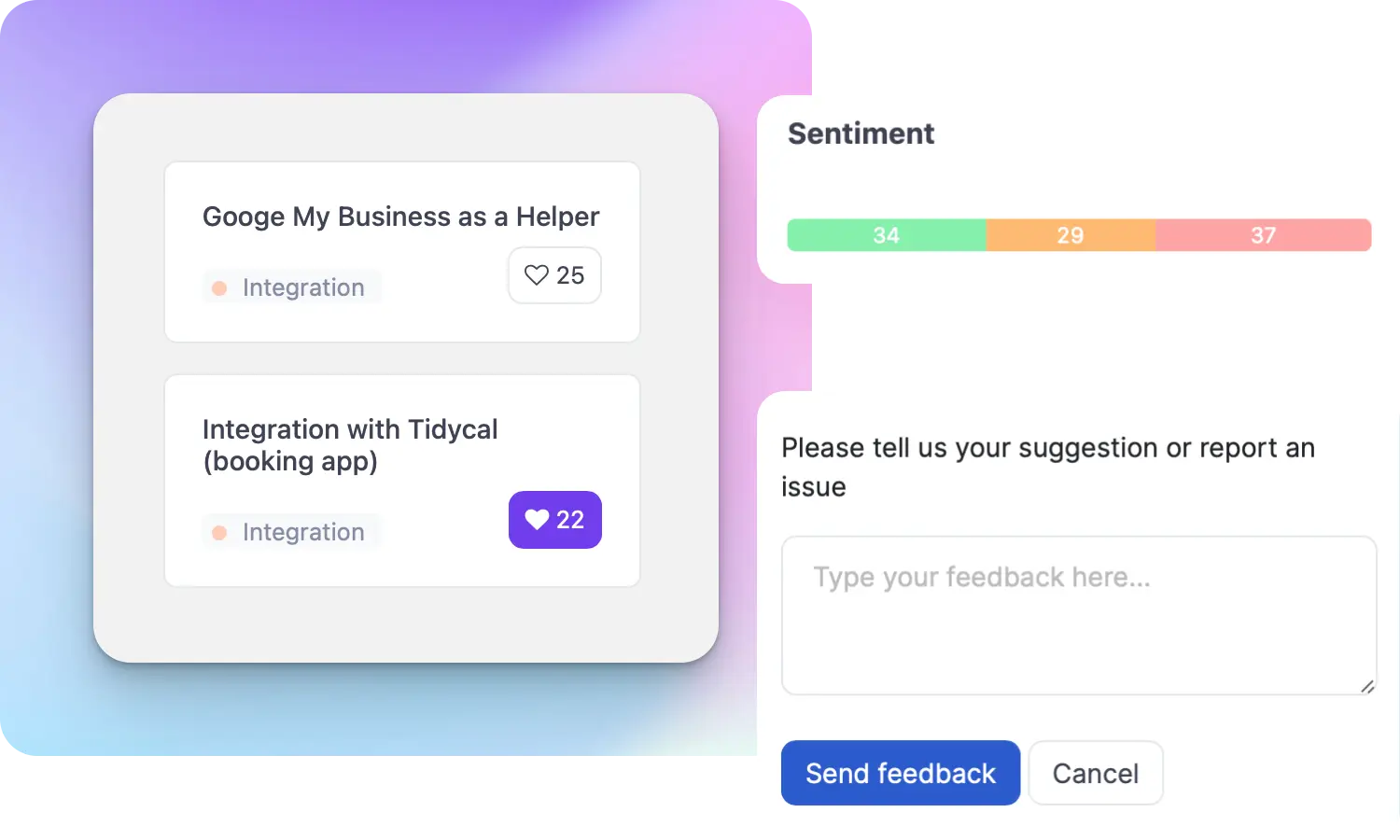What is Resource Allocation?

Ruben Buijs
Resource allocation refers to the process of distributing and assigning available resources to different tasks or projects within an organization. These resources can include both tangible assets like equipment, materials, and funds, as well as intangible assets like time, human capital, and expertise. Effective resource allocation is crucial for Saas product management as it ensures that resources are utilized efficiently and optimally to meet project goals and objectives.
Examples
- Allocating a team of developers to work on different features of a Saas product based on their skills and expertise.
- Assigning a specific budget for marketing activities to promote a Saas product to the target audience.
- Allocating server resources to ensure the smooth functioning of the Saas product and handle increasing user demands.
Importance
Resource allocation plays a vital role in Saas product management for several reasons:
-
Optimizing Efficiency: By allocating resources effectively, organizations can ensure that the right resources are available at the right time, maximizing productivity and minimizing waste.
-
Meeting Deadlines: Proper resource allocation helps in meeting project deadlines by ensuring that all necessary resources are allocated to each task or project without any delays.
-
Managing Costs: Efficient allocation of resources helps in controlling costs by avoiding unnecessary expenses and optimizing resource utilization.
-
Balancing Workload: Resource allocation allows for a balanced distribution of tasks among team members, preventing overburdening of individuals and ensuring a harmonious work environment.
How to Use Resource Allocation
To effectively use resource allocation in Saas product management, follow these steps:
-
Identify Project Requirements: Understand the specific needs and requirements of each project or task in terms of resources, including human resources, equipment, and budget.
-
Evaluate Resource Availability: Assess the availability of resources within the organization, considering factors such as employee skills, equipment availability, and financial constraints.
-
Prioritize Projects: Determine the priority of each project or task based on its strategic importance, customer demand, and potential impact on the Saas product.
-
Allocate Resources: Assign the identified resources to each project or task based on their availability and priority, ensuring a balanced distribution of workload.
-
Monitor and Adjust: Continuously monitor the progress of projects and adjust resource allocation as needed to adapt to changing circumstances or priorities.
Useful Tips
-
Regular Communication: Maintain open communication channels with team members to understand their resource needs and address any challenges that may arise during the allocation process.
-
Flexibility: Be open to adjusting resource allocation when unexpected situations or new opportunities arise, allowing for agile decision-making.
-
Data-Driven Decisions: Utilize data and analytics to make informed resource allocation decisions, considering factors such as historical performance, resource utilization rates, and projected demand.
-
Collaboration: Encourage collaboration among team members to ensure that resource allocation decisions are based on collective insights and expertise.
Related Terms
- Capacity Planning
- Workforce Management
- Project Prioritization
- Resource Optimization
- Resource Tracking





